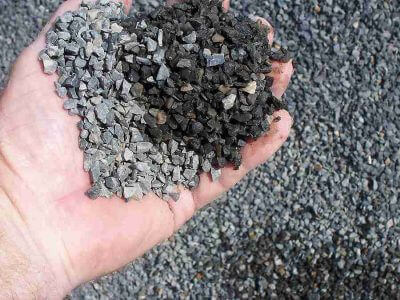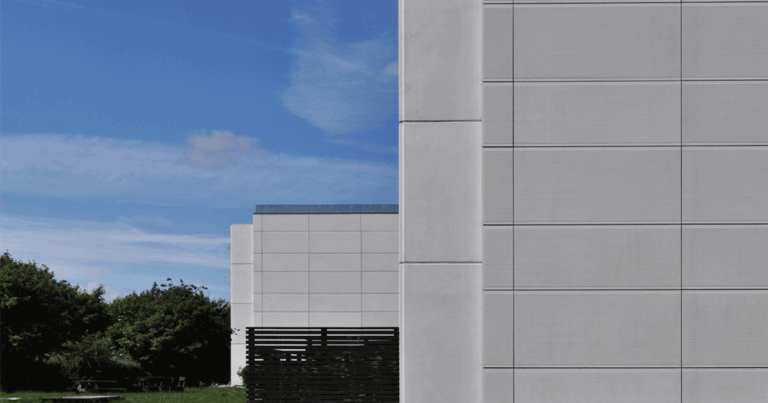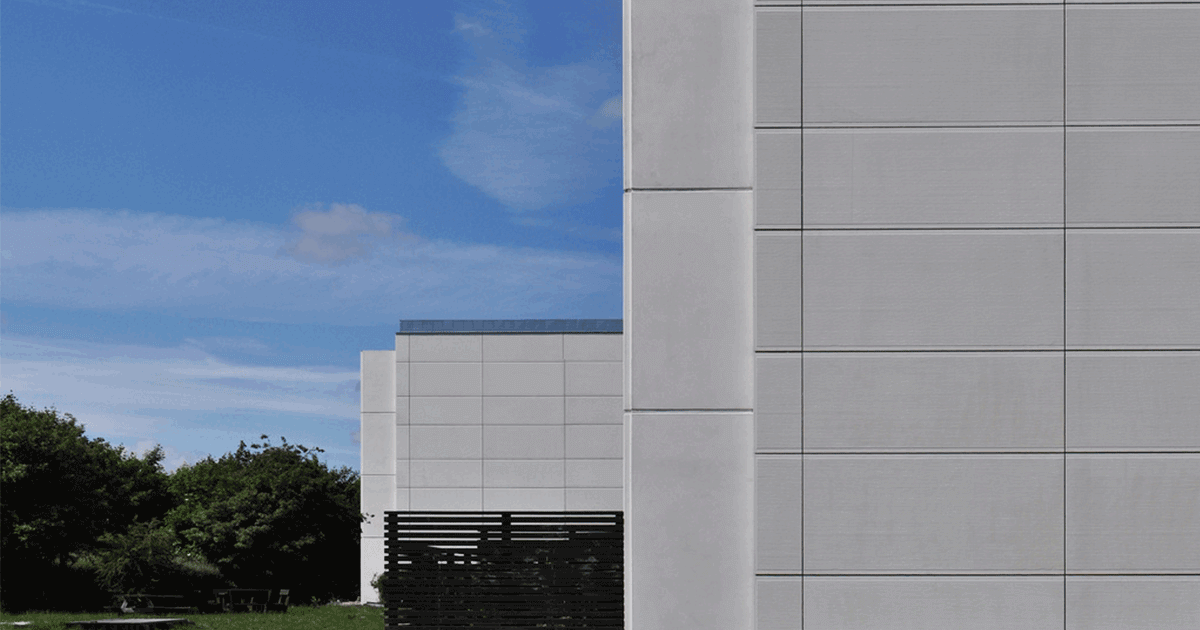In 1971, the One Shell Plaza pierced the Texas skyline, breaking the city record for the tallest building. This 52-storey building broke another record as the world’s tallest building made of lightweight concrete.


Today, this record has been surpassed with towers reaching far more impressive heights and standards. Most notably, Renzo Piano’s The Shard, a marvelous 95-floor structure made of lightweight concrete that took only four years to build!
Suspended floors have been benefiting from lightweight concrete for years, as it reduces the weight on the structure and increases fire resistance. Because lightweight concrete is typically thinner, it is made of different ingredients from traditional concrete
Although lightweight concrete costs more to produce, it offers numerous benefits to contractors.
What Is Lightweight Concrete?

The main difference between lightweight concrete and other types of concrete is its composition. Specific types of lightweight aggregates make varying forms of lightweight concrete. These vary from lightweight aggregate concrete, foamed concrete, or Autoclaved Aerated Concrete (AAC).
The aggregates used in AAC are extremely fine, even smaller than a grain of sand. This composition makes AAC highly suitable for pre-casting and reshaping. AAC structures are so soft that they can be hand-sewn and pierced by nails or screws.
Builders using lightweight concrete have the option of using a method of “internal curing”, which enables the concrete to cure from the inside out. This is not possible when using normal concrete because it is not as porous as its lightweight counterpart.
What Is Internal Curing?
Curing is defined as “the maintenance of a favorable temperature and moisture environment for repair and protection of materials during a definite period following placing, casting, or finishing so that the desired properties may develop.” Internal curing is defined by ACI as “a process by which the hydration of cement continues because of the availability of internal water that is not part of the mixing water.”
The first benefit of internal curing is a major selling point for AAC because the concrete’s porosity enables it to sustain adequate moisture overtime. Ultimately, this prevents the concrete from cracking and shrinking as the structure cures.
With AAC, the moisture level inside the concrete remains high because the aggregate is pre-wetted prior to mixing. The small pores in AAC allow for a steady release of moisture at all layers of the structure. The ingenuity of internal curing saves significant time as opposed to traditional curing processes. In normal-weight concrete, for example, various techniques must be used to retain moisture at the surface and to prevent cracking and premature drying.
Benefits and Drawbacks of AAC
AAC is a great building material for various reasons:
- Increased strength due to internal curing
- Improved durability
- Decreased shrinkage cracking due to greater moisture retention
- Reduced weight on structural elements
- Superior fire resistance
- Reduced time and cost of labor
- Easier transportation
While AAC is a great option for precast structures, it also comes with drawbacks for cast-in-place projects. The main disadvantage is a slower drying time, which means that contractors of flooring systems must wait longer to proceed with flooring installation.
Weighing Out the Options
However, the successful outcome of any floor–be it normal concrete or lightweight concrete–is determined by taking into account the different concrete curing processes to reduce the risk of floor failures.
In addition, it seems that the long-term costs associated with normal-weight concrete play a big role in buyer preferences. According to Emily Hopps, Associate Principal at Simpson Gumpertz & Heger Inc., the initial unit cost of lightweight concrete is more expensive than normal weight, “[…] but the unit cost usually is more than offset by the overall reduction in concrete volume and steel tonnage for the structural system.”
In other words, using lightweight concrete allows for higher building structures since it minimizes the unit cost of adding reinforcing steel to support the weight of normal concrete.
Ultimately, buyers have to keep in mind the type of structure they are building when decided between lightweight and normal-weight concrete. If initial time and costs are not the sole determinants of that decision, the long-term benefits associated with this product could tilt the scale.
Lightweight Concrete Solutions of Etobicoke, Ontario are an excellent example of the promising and successful use of lightweight concrete on the jobsite. Founded by Director Chris Calvin in 2015, they are the industry leader of lightweight concrete, and their focus is on developing the highest quality products for their clients. The design process to create the mixes can be complex, which is why Calvin and his team of researchers use SmartRock® to make sure they reach their targeted strength.
Read their full case study here!
No matter what type of concrete or mix you decide to go with, SmartRock can help accelerate timelines and reduce costs by providing real-time results. It is easy to implement, rugged enough for any jobsite, and highly reliable!
Sources:
https://www.concreteconstruction.net/how-to/materials/using-lightweight-aggregate-for-internal-curing
**Editor’s Note: This post was originally published on April 12th, 2018 and has been updated for accuracy and comprehensiveness.






3 Responses
Innovation at Giatec helping others move their product to the leading edge is a worthy enterprise. I am excited to hear what you have next on your horizon, perhaps a curing meter using resistivity?
I believe adequate curing is the missing skill in successful concrete construction.
Keep up the great work.
You talk about 3 different materials up front, and only spend time on AAC.
Unfortunately the article above confuses lightweight aggregate concrete for aerated autoclaved concrete (AAC). AAC is not used to precast structures nor is it moisture cured using pre-wetted lightweight aggregates. It is fully cure-hardened in high-pressure autoclaves for about 12 hours in the form of blocks and structural panels.